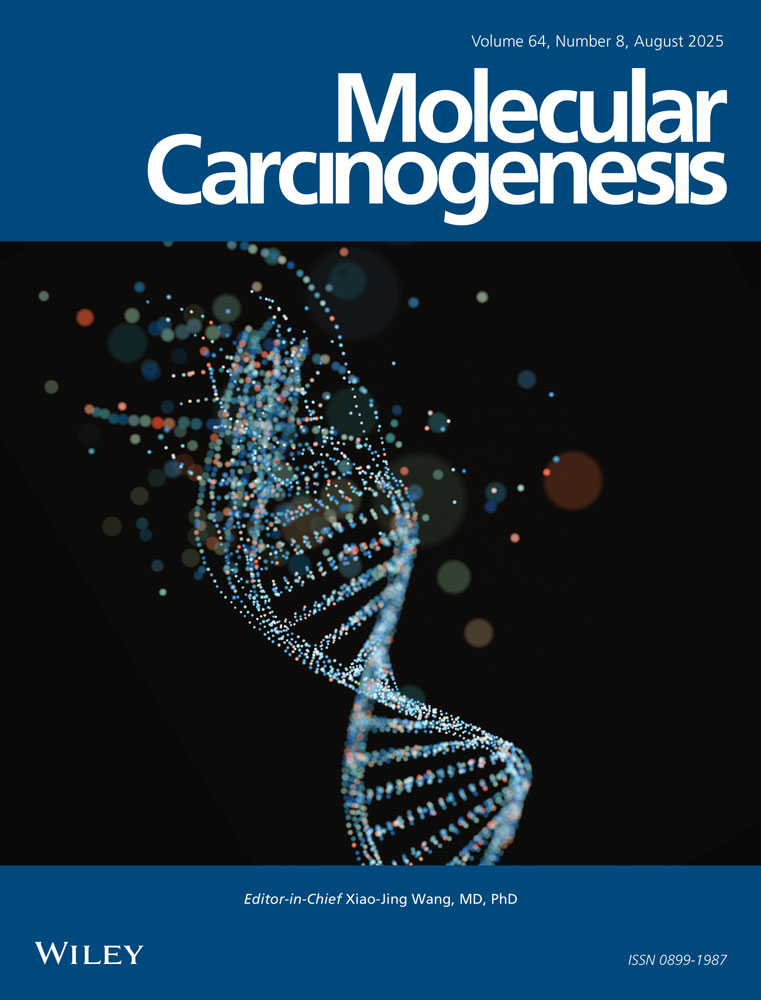Enhanced Deoxyribonuclease Activity in Human Transformed Cells and in Bloom's Syndrome Cells
Abstract
Human hereditary diseases such as xeroderma pigmentosum, Fanconi's anemia, ataxia telangiectasia, and Bloom's syndrome are characterized by a proneness for developing cancer associated with abnormalities in the processing of DNA damage. The molecular defects responsible for predisposing human tissues to cancer are still not well understood, despite the fact that a considerable amount of work has already been done on this problem. In this paper, we show that in human tumor cell lines, in cells transformed by DNA tumor viruses, and in cells derived from certain cancer-prone disorders, the level of activity of a 42-kDa deoxyribonuclease is many times higher than in diploid untransformed control cells. This suggests that this activity is linked to, or may play a role in, malignant transformation.




